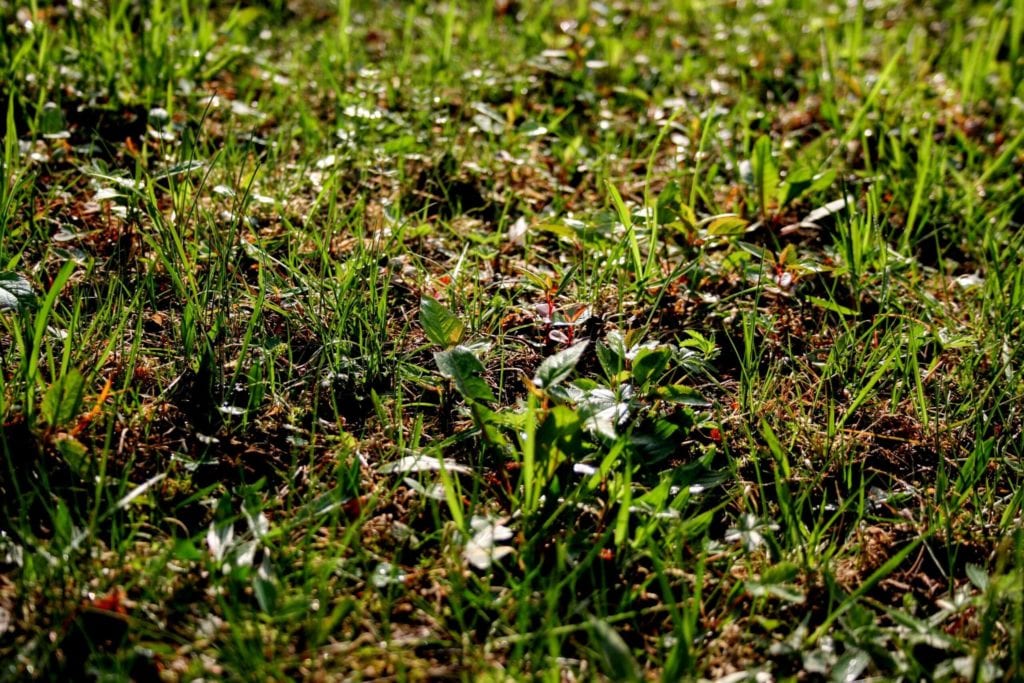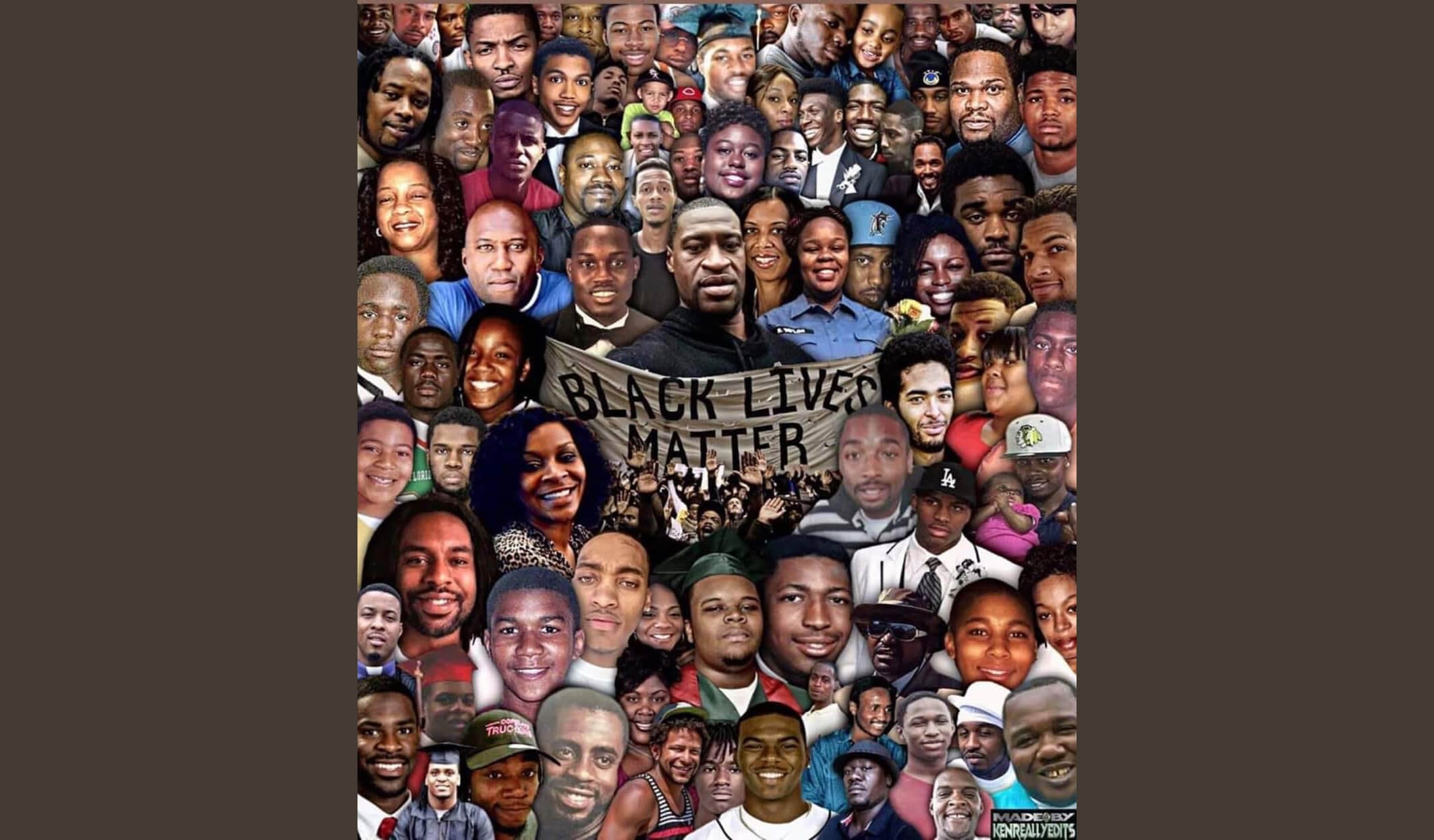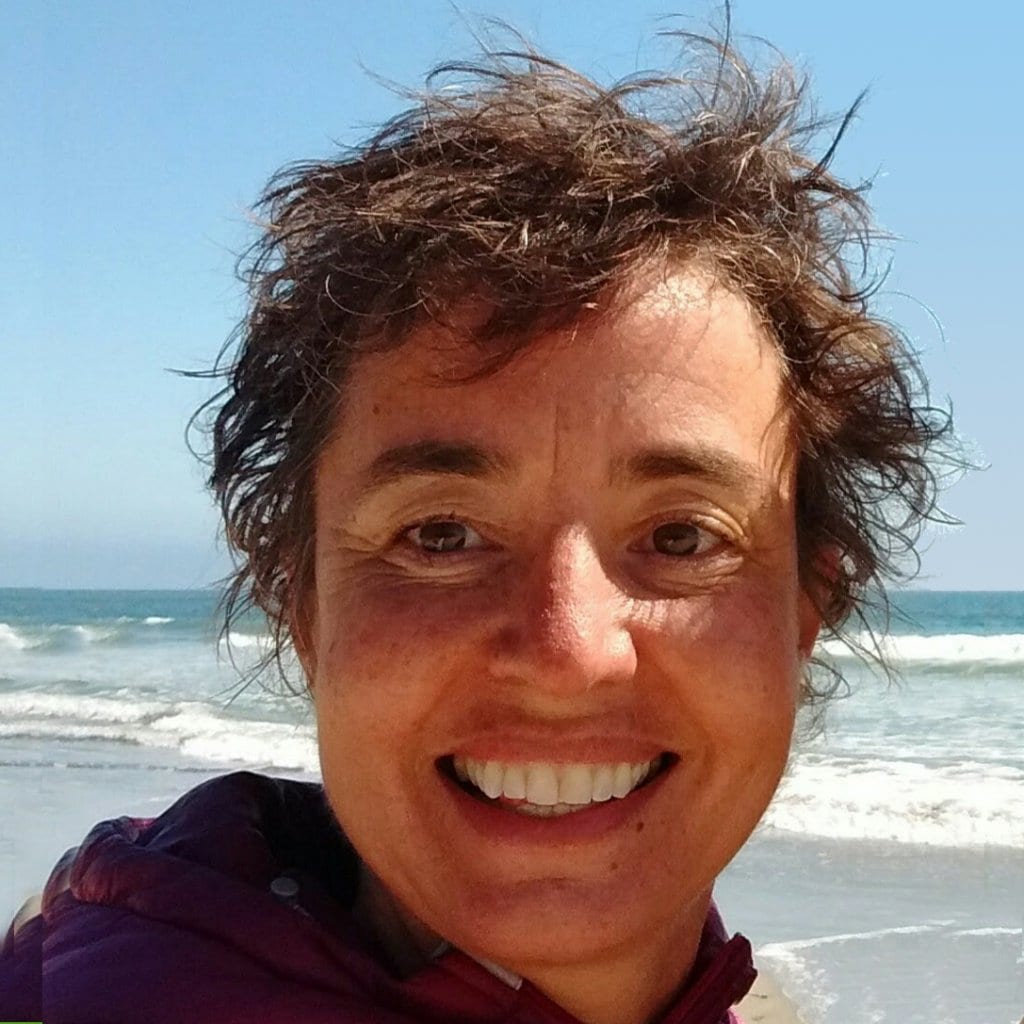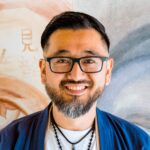Over the past week, my home town of Washington DC has been embroiled in protests against the brutal murder of George Floyd by members of the Minneapolis Police Department and the militarized response from the Trump Administration to those protests. I have found these events alternately horrifying and humbling, encouraging and disheartening, frightening and inspiring. As a Dharma practitioner, I am leaning heavily on my practice to stay close to my own heart to manage these complex emotions, looking through the lens of our tradition to understand my place in all that is unfolding.
While we need justice for George Floyd, a justice far from guaranteed, the long road to authentic reform requires so much more.
As I joined the protests at the White House, I found solace in the community, relishing the opportunity to listen to black voices teach the crowd, to follow their lead in moving around our city and stopping periodically to kneel in silence. Yet I admit the question on my mind, like many, was whether this level of investment, particularly from the white contingent, would continue after the collective attention moved on with the next news cycle. While we need justice for George Floyd, a justice far from guaranteed, the long road to authentic reform requires so much more. For the healing of humanity and the viability of our world, white supremacy must be eradicated in all of its cultural and institutional forms. In the peaceful version of the story, that is principally the work of white people for only we can eradicate our own delusion. In the violent version, we are overcome.

Six years after the eerily similar murder of Michael Brown and, in March of this year, Manuel Ellis, police officers whose job is to protect and serve are squeezing the life out of black men. Should these recent cases be given full credence and these horrific deaths be redressed with convictions across the board, if our criminal justice system remains corrupt, indeed if any form of institutionalized white supremacy remains, we will find ourselves in new versions of these tragedies again and again and again. The challenge of eradicating the dehumanizing and terrifyingly resilient force of white supremacy from our institutions, from our relationships, and from our own hearts is difficult to overstate. Yet that work is an integral part of our work to protect and repair the Earth for the collective mind that disrespects, dishonors, and cuts down trees does the same to black bodies. We must remove our consent from and all forms of desecration.
In a recent conversation, mindfulness leader Travis Spencer likened the supremacy of whiteness that is embedded in our criminal justice system and so other institutions to the crabgrass in the yard. You can yank and tear at clump after clump for days on end but unless and until you remove it all, uproot every last fiber, above and below, crabgrass will reliably reemerge. Yet there’s no other way to reclaim your garden. That work is hard and frequently painful. It takes time, commitment, vigilance and a willingness to turn over so much soil that the yard afterwards will likely be unrecognizable. But the yard that remains will be fecund, capable of hosting a healthy and whole life community.
Viewed another way, white supremacy is a recurring wave pattern that moves through time and changing shape as it goes, sliding easily around obstacles. Human minds, especially those that think themselves white,1Ta-Nehisi Coates’s coined this description for white-identified people in Between the World and Me are the substance of this pattern and its wave action sweeps us up along the way. Born into the inherited phenomenon and passively inducted, these minds then unconsciously manifest its distorted view. Human bodies, especially but not only those whose skin is black, receive the impact of wave after wave after wave.
You can yank and tear at clump after clump for days on end but unless and until you remove it all, uproot every last fiber, above and below, crabgrass will reliably reemerge. Yet there’s no other way to reclaim your garden.
What we know about the physics of waves holds true here. The only thing that can neutralize a wave is another wave, one with sufficient amplitude moving in precisely the opposite direction. This counter wave, one that exactly counters ignorance with seasoned wisdom, hatred with universal compassion, and cowardice with sustained courage, will cancel and even overtake the original wave. Its potential is the inclusive healing for all. Together, summoning all the wisdom, energy and courage already underway and at our disposal, we must engage in the sometimes confusing and complicated work of collaborative action. We must remove our energy from the first wave and join, even become, this counter-wave.
The environmental movement has long denied and is only recently coming to terms with its own forms of institutional racism. From the displacement of indigenous people for the creation of conservation parks, to a lack of diversity in environmental organizations, to the struggle over anti-racist demands in Extinction Rebellion’s call to action, the sense of a noble cause provides consistent cover for marginalization of people of color. Likewise, western Dharma has only recently begun to address the racism embedded in its its lack of racially diverse leadership, conflict-averse culture, and avoidance of social issues as “political.” Spiritual practice becomes spiritual bypass when it prefers the absolute over the relative, when it tends to transcend difficultly versus confronting and transforming it, when it sits in lotus instead of slogging through the mud.2As Thích Nhất Hạnh famously summarized the unpleasant effort required to transform the mind’s delusions as, “no mud; no lotus.” As an organization with a mission of awakening our ecological nature, we as One Earth Sangha are doubly positioned to play out these subtle phenomena. Despite all of our operational and programmatic efforts, efforts that may have some beneficial outcome, we remain a white-led and largely white-staffed organization. This isn’t about how we are seen but how we see, for in our composition we lack critical perspective, diverse embodied experiences of the Earth, and essential wisdom for healing. We must always be willing to confront ourselves, the crabgrass in our own garden, how the wave of white domination draws us in, and how we contribute to its energy.

The Dharma clarifies that our minds are conditioned. As white people, we must be open to the possibility that we have been trained into delusion about ourselves and people of other races and then see for ourselves again and again if and how this is so. Not easy. How do we confront a wave headed straight for us and not get swept away? By diving in. By understanding the true history of how racism manifests, as well as the daily experiences of black, indigenous and people of color (BIPOC), our worldview will shift. We will see and act anew, finding it not only easy but natural to follow BIPOC leadership, to monitor the tendency to distract or defend, to abandon our own contributions to the crabgrass and the wave, to agitate for specific policy change, to renounce ill-gotten power and resources, and all the while to compassionately support our white siblings in this journey.
As a white practitioner in America and leader of this organization, my unending task is to counter this patterning, internally and externally, with the support of Dharma. I have come to understand that, rooted in ignorance, white supremacy is at its core organized, codified, racialized clinging. Like all clinging, it co-arises with a separative consciousness, a contracted sense of self that unconsciously dehumanizes. Like all clinging, it leads directly to suffering. The implication is that this grip that begins in my heart can, if supported by courage, compassion, and careful investigation, release. In its wake and with the support of others, I hope to find the courage and clarity to pull out the next patch of crabgrass, to renounce all that hinders healing, and perhaps to even contribute to the counter-wave.
No matter our race, this is a necessary aspect of all of our work on climate and ecological destruction, for the pummeling of the Earth is sourced from the same delusion of separateness. In our path to come into right relationship with Earth and all her beings, we must lovingly and courageously confront our own minds, one another, and all of the cultural and structural forms that codify objectification of people and planet. This is the simultaneous healing of our hearts and our world.
May we understand and transform racial habits of harm.
May we remember that we belong to each other.
May we grow in our awareness that what we do can help or hinder racial well-being.
May our thoughts and actions reflect the world we want to live in and leave behind.
May we heal the seed of separation inherited from our ancestors in gratitude for this life.
May all beings without exception benefit from our growing awareness.
May our thoughts and actions be ceremonies of well-being for all races.
May we honor being diverse racial beings among the human race, and beyond race.
May we meet the racial crisis of the world with as much wisdom as we can muster.
— Closing prayer from Ruth King’s Mindful of Race.
References
- 1Ta-Nehisi Coates’s coined this description for white-identified people in Between the World and Me
- 2As Thích Nhất Hạnh famously summarized the unpleasant effort required to transform the mind’s delusions as, “no mud; no lotus.”







